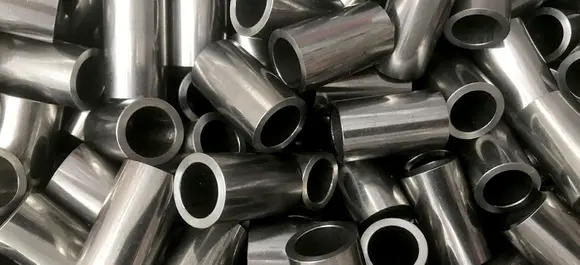Mobile:+86-311-808-126-83
Email:info@ydcastings.com
use of water pump in car
The Use of Water Pumps in Cars Essential Components for Engine Cooling
Water pumps play a vital role in the functioning of automotive cooling systems. They are essential components that help regulate the engine's temperature, ensuring that it operates efficiently and preventing potential damage from overheating. Understanding the purpose and function of water pumps in cars can help car owners appreciate their importance, maintain their vehicles properly, and extend the life of their engines.
Function and Operation
The primary function of a water pump in a vehicle is to circulate coolant throughout the engine and the cooling system. The coolant absorbs heat from the engine, keeping it at an optimal operating temperature. Once the coolant absorbs heat, it is then circulated through the radiator where it releases the heat into the atmosphere before returning to the engine to repeat the cycle. This continuous flow is crucial, especially when driving in high-temperature conditions or during heavy engine loads.
Most water pumps are driven by the engine’s crankshaft via a serpentine belt or timing belt. When the engine runs, it powers the water pump, which is designed to maintain consistent coolant flow. The water pump typically consists of a housing, an impeller, and a shaft. When the engine is cold, the thermostat remains closed, preventing coolant from circulating. As the engine warms up and reaches its operating temperature, the thermostat opens, allowing the water pump to circulate coolant through the engine and radiator.
Importance of Water Pumps
Understanding the importance of water pumps can greatly aid in vehicle maintenance. A malfunctioning water pump can lead to insufficient coolant circulation, resulting in engine overheating, which may cause severe damage such as blown head gaskets, warped engine blocks, or complete engine failure. Regular checks on the water pump's condition can prevent these outcomes.
use of water pump in car

Signs of a failing water pump may include unusual noises, such as grinding or whining, coolant leaks, or overheating engines. If these symptoms are detected, it’s crucial to have the water pump inspected and potentially replaced. Regular maintenance, including checking the coolant level and ensuring there are no leaks in the system, can significantly extend the lifespan of the water pump.
Water Pumps and Environmental Considerations
In recent years, there has been increased emphasis on the environmental impact of automotive parts, including cooling systems. Traditional water pumps are being replaced with electric water pumps in some models, particularly in hybrid and electric vehicles. These electric pumps offer several benefits, such as improved efficiency by more precisely controlling coolant flow and reducing load on the engine.
Electric water pumps are often capable of running independently of the engine, which allows for better cooling management, especially during high-performance scenarios. This shift towards electric pumps may also support more sustainable car designs, as they can be integrated into a vehicle's overall energy management system.
Conclusion
In conclusion, water pumps are a crucial element of a car’s cooling system, ensuring that the engine stays at the optimal operating temperature. Regular maintenance and timely replacement of a failing water pump are essential to prevent overheating and maintain engine health. With advancements in technology, the evolution of water pumps to electric models presents a promising development in automotive engineering, potentially improving efficiency and sustainability. Car owners should educate themselves about their vehicles’ cooling systems, recognizing the integral role that water pumps play in overall vehicle performance and longevity. By doing so, they can make informed decisions that contribute to their vehicle's health and environmental efficiency.
-
Why Should You Invest in Superior Pump Castings for Your Equipment?NewsJun.09,2025
-
Unlock Performance Potential with Stainless Impellers and Aluminum End CapsNewsJun.09,2025
-
Revolutionize Your Machinery with Superior Cast Iron and Aluminum ComponentsNewsJun.09,2025
-
Revolutionize Fluid Dynamics with Premium Pump ComponentsNewsJun.09,2025
-
Optimizing Industrial Systems with Essential Valve ComponentsNewsJun.09,2025
-
Elevate Grid Efficiency with High-Precision Power CastingsNewsJun.09,2025











